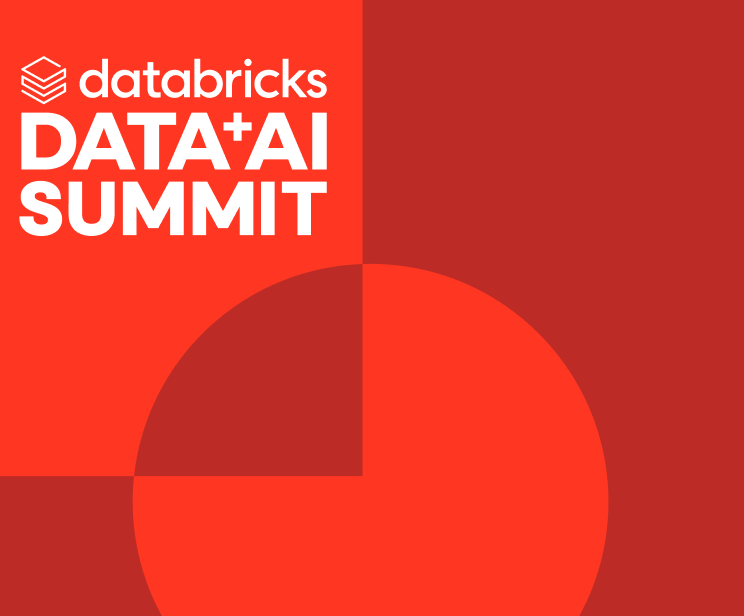メインコンテンツへジャンプ登録する ![Booting Databricks VMs 7x Faster for Serverless Compute]()
![Mosaic AI Model Serving dashboard for deploying and managing fine-tuned LLaMA models.]()
エンジニアリングの記事
Databricks のエンジニアリングにおける取り組み、オープンソース開発、AI エージェント システムの進歩
注目のストーリー

データエンジニアリング
November 26, 2024/1分未満
DatabricksのサーバーレスコンピュートでVM起動を7倍高速化

製品
December 10, 2024/2分で読めます
ファインチューニングされたラマモデルに対するバッチ推論とMosaic AIモデル提供
すべての投稿
Loading...
すべての人のためのデータインテリジェンス
Databricksの投稿を見逃さないようにしましょう
興味のあるカテゴリを購読して、最新の投稿を受信トレイに届けましょう
